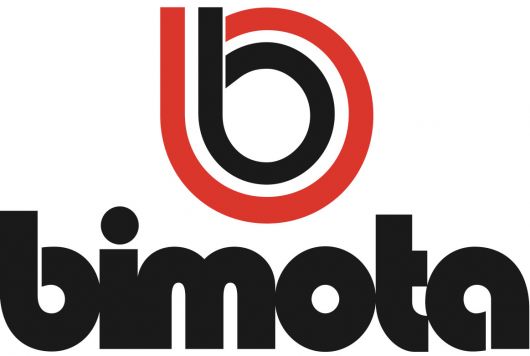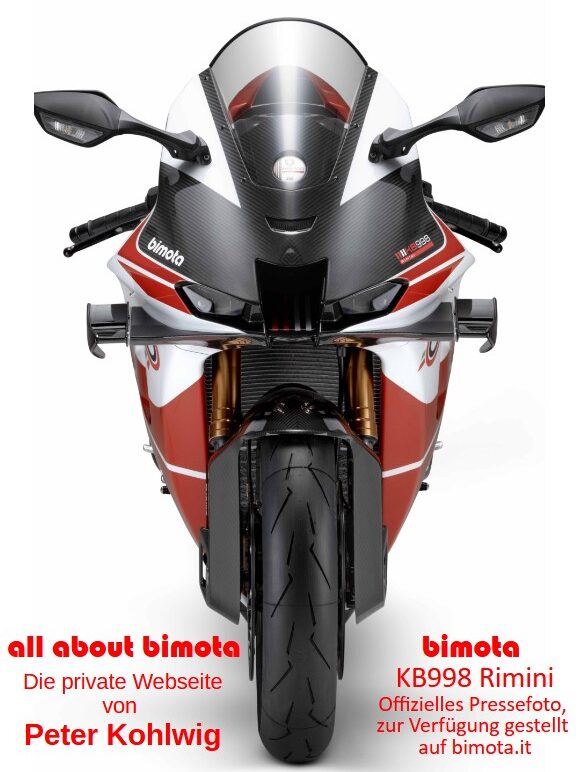From Craft Workshop to World-Renowned Manufacturer of Exquisite Motorcycles
The story of Bimota begins in 1966 with the founding of a heating and ventilation company at Via Covignano 103 in Rimini. The company name is derived from the initials of its three founders: Valerio Bianchi, Guiseppe Morri, and Massimo Tamburini. The establishment of the motorcycle manufacturer, which would become world-famous by the 1980s, did not occur until 1973. The main driving force behind this was Massimo Tamburini, an avid motorcyclist who also raced on tracks and had been modifying motorcycles to his own specifications since the 1960s. Among other projects, he transformed a four-cylinder MV Augusta 600, originally designed as a touring bike with shaft drive and a large fuel tank, into a sports bike, garnering attention in the scene.
The pivotal reason for the company’s reorientation, however, was the unstable chassis of Tamburini’s Honda CB750 Four, which couldn’t handle the engine’s power. Tamburini often pushed the bike to and beyond its limits. In 1972, he crashed in the Querica curve at the Misano racetrack and subsequently decided to design a new chassis for his CB750 that could handle its nearly 70 horsepower.
He created a tubular frame made of mostly straight chrome-molybdenum steel tubes in stiff triangular connections, utilizing the engine as a stressed member. Compared to the Honda CB750’s double-cradle frame, this new frame was significantly lighter at only 13 kg, while offering greatly improved rigidity. After assembling the complete motorcycle and conducting initial test rides, the first Bimota with the 750cc Honda engine, the HB1, was ready to prove its capabilities in a race. The first race entry was planned for April 13, 1973, at the 200 Miles of Imola, with Luigi Anelli as the rider. Although technical issues prevented the race start, the lap times achieved during practice drew significant attention. Tamburini and Morri decided to abandon their original business and fully commit to the motorcycle industry. Bianchi did not agree with this move and left the company.
The first orders for constructing frames for racing machines soon followed, and with the HB1, the sporting successes also began. Ermanno Petrucciani won his first race with the HB1 on May 12, 1974, and later that year, he even secured the Swiss Championship. In addition to the prototype, nine more HB1 units were produced as kits, consisting of a frame, a box swingarm, a separate aluminum oil tank, and a tank, tailpiece, and full fairing.
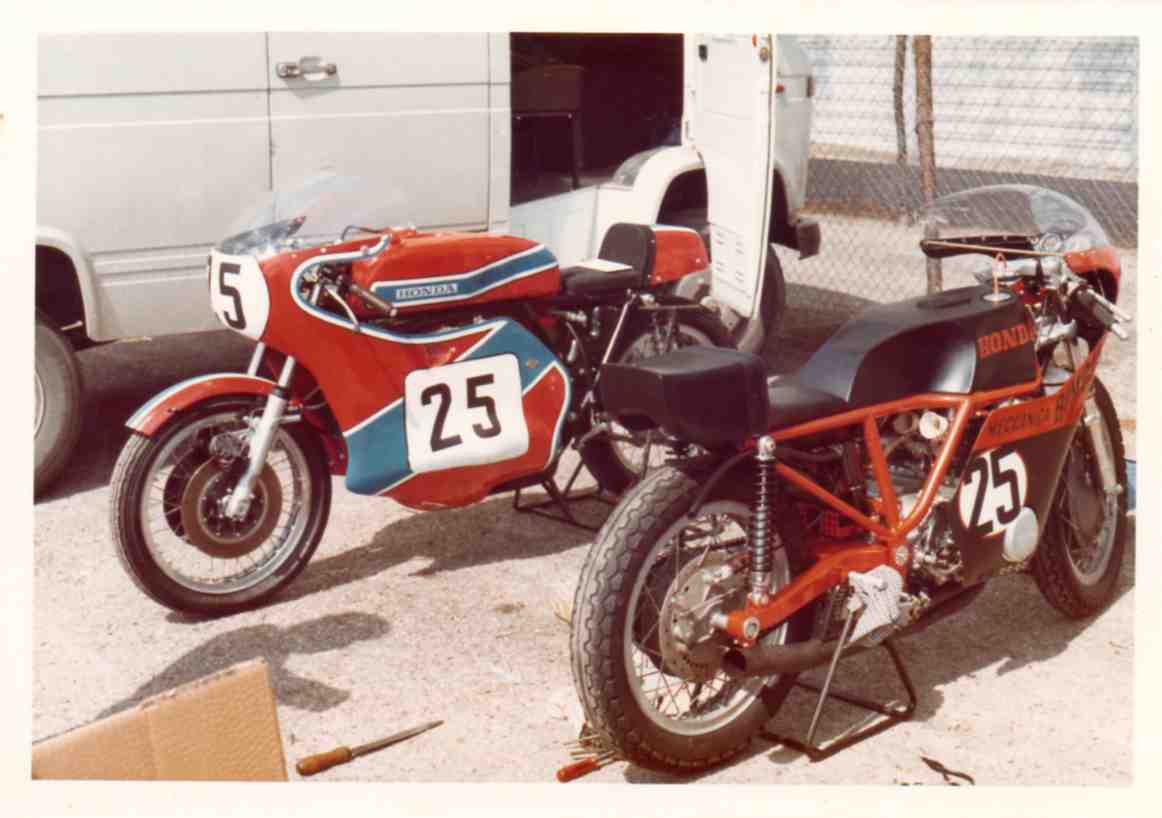
Source: https://commons.wikimedia.org/wiki/File:Bimota_HB1_original.jpg
License: https://creativecommons.org/licenses/by/2.0/deed.en
In the early years, Bimota continued to primarily produce high-quality frames for racing machines and tuning parts, mainly for Yamaha and Suzuki motorcycles, but also for brands like Paton and Harley Davidson, which had acquired the Italian manufacturer Aermacchi in the early 1960s. The quality of the tubular frames made from thin-walled, high-alloy steel tubing was significantly ahead of its time and superior to other manufacturers.
As early as 1973, Armando Corecca competed in his first Grand Prix races on a 500cc Paton Bimota. However, the four-stroke twin with its approximately 65 horsepower was no match for the two-strokes from Honda and Yamaha. But by 1974, the first Grand Prix victories followed with Silvio Grasetti and Mario Lega riding Yamahas with Bimota frames. At that time, Bimota had fewer than 10 employees.
The professional world, especially the major European and Japanese manufacturers, were astonished. In 1975, the 19-year-old Johnny Cecotto won the World Championship on a Yamaha with a Bimota chassis, the YB1, becoming the youngest world champion ever. He was already assured of the title before the final race, defeating established figures like Giacomo Agostini and Walter Villa. The brand’s fame grew worldwide, and the order books filled up. In 1976, the successful company moved to larger premises on Via Covignano 195 in Rimini and grew to 20 employees.
Bimota was already collaborating with several manufacturers in motorsport and began producing small series. For instance, a small series of 50 units of the SB1 was produced for Suzuki, powered by the two-stroke engine from the Suzuki T500 for the Italian Junior Championship. Harley Davidson (Aeromacchi) ordered 35 units of the HDB2, on which Walter Villa became world champion in 1976.
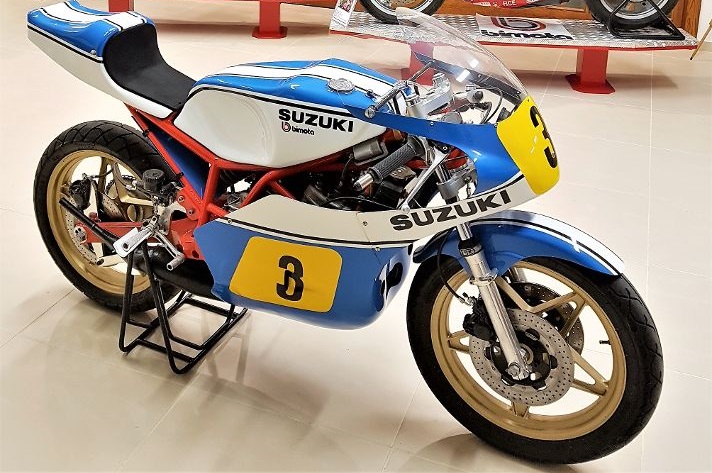
Source: https://commons.wikimedia.org/wiki/File:Bimota_SB1_%281975%29.jpg
License: https://creativecommons.org/licenses/by-sa/4.0
Here, a brief explanation on the naming of the models . Bimota adhered to the logic already established with the HB1. The manufacturer of the technical base is indicated before the „B“ for Bimota, followed by chronological numbering. For example, the SB1 is the first Bimota with a Suzuki engine.
In 1976, Bimota reached another milestone with the introduction of the prototype of its first street bike, the SB2. The project was developed in cooperation with Suzuki Italy, which handled the import of the necessary components from Japan. However, the Italian Ministry of Foreign Trade restructured import quotas at the time, and the „spare parts shipment“ was blocked at the port of Livorno. Eventually, Morri and Tamburini purchased 200 new Suzuki GS 750s and stripped the necessary parts for the SB2. The surplus parts were either sold or scrapped. The procurement of engines and components remained a challenge for Bimota for many years, as most manufacturers, with few exceptions, were unwilling to supply engines and components as individual parts. Nevertheless, by the end of the decade, Bimota introduced two more street models, the KB1 and the SB3.
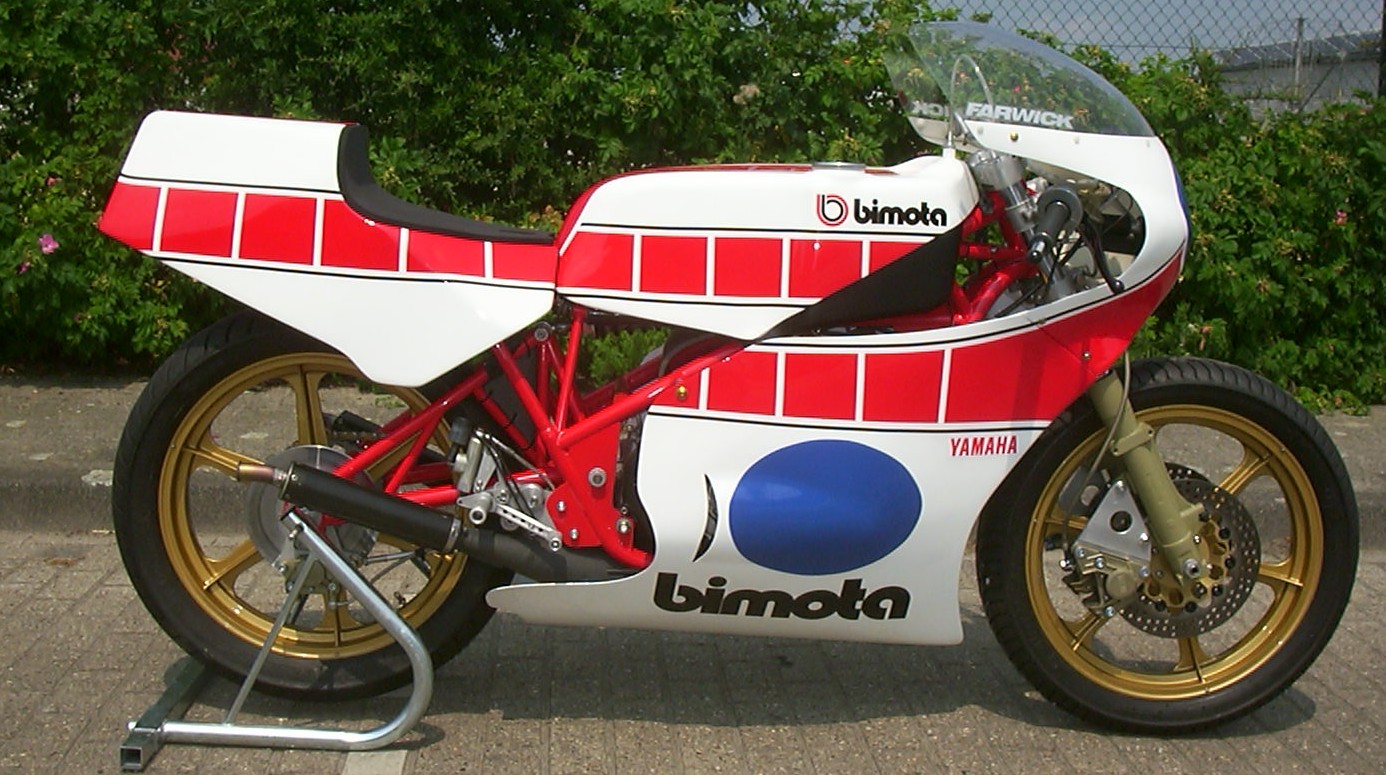
The involvement in racing continued successfully in parallel with the construction of the road models. In 1980, Jon Ekerold won the 350cc world championship with the YB 3. In several legendary races, he beat Toni Mang on Kawasaki, who became vice world champion. The championship was only decided in the last race of the season at the Nürburgring after a thrilling duel.
In addition to the racing successes, the street motorcycles SB2, KB1 and SB3 were also successful. The number of units increased and the small factory quickly reached its spatial limits. Bimota therefore decided to expand further in 1980 and in 1982 moved into the new building at Via Giaccaglia 38, which cost the equivalent of around 1.7 million DM and in which around 800 motorcycles were to be produced per year.
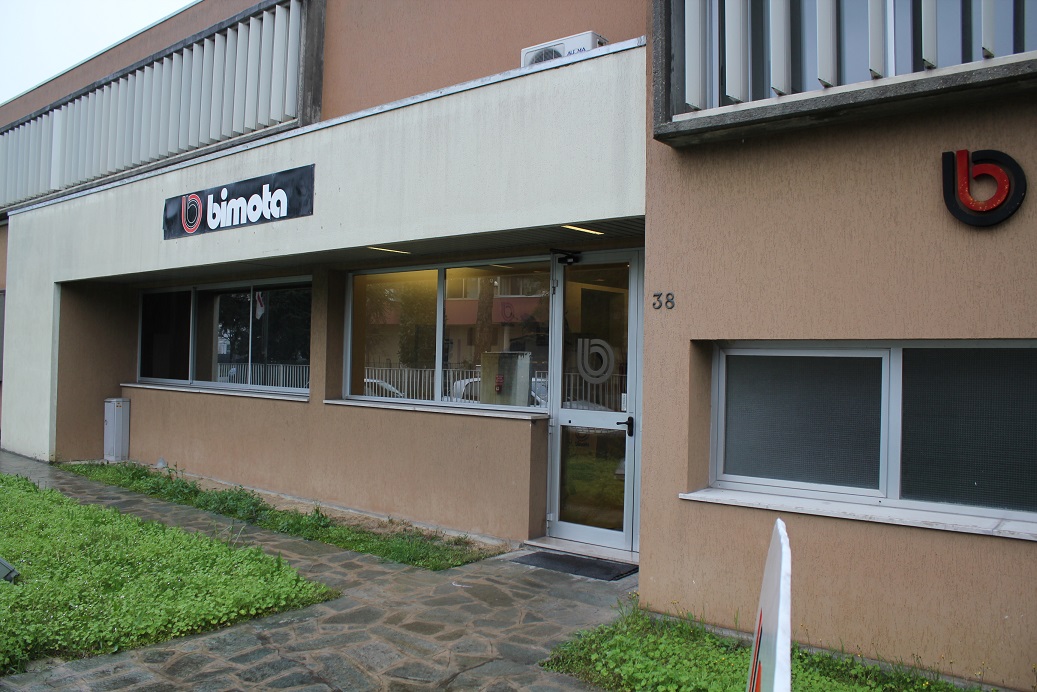
In total, Bimota built nearly 12,000 motorcycles over 27 years, from 1973 until its bankruptcy in 2000, averaging less than two bikes per working day. By comparison, Honda could produce such quantities in less than three days during peak times. Spread across more than 40 different models, if you count all variants, such as the three YB8 models or the four DB2 versions, these were exclusive small series crafted by hand. Some models had only a few dozen units produced, while most saw production runs of a few hundred. Only one model, the SB6, reached a four-digit production number, with a total of 1,144 units built between 1994 and 1996.
The enthusiasm for these motorcycles spans the entire globe. Bimota models found buyers worldwide. In Europe, the main markets were Italy, Germany, England, and France. The largest non-European markets were Japan and the United States, but they also sold in Australia and New Zealand.
All motorcycles are characterized by their meticulous and high-quality craftsmanship, elegant Italian design, and exclusivity. Moreover, some models introduced technical innovations to the series for the first time, setting benchmarks in motorcycle engineering for the small company. These innovations ranged from eccentric adjusters for chain tension and swingarm pivot, progressively linked central suspension, swingarm bearings at the chain sprocket pivot point, underseat-mounted exhausts, to hub-center steering. Overall, it is fascinating to see what a small team, driven by passion and motivation, achieved in motorcycle manufacturing.
